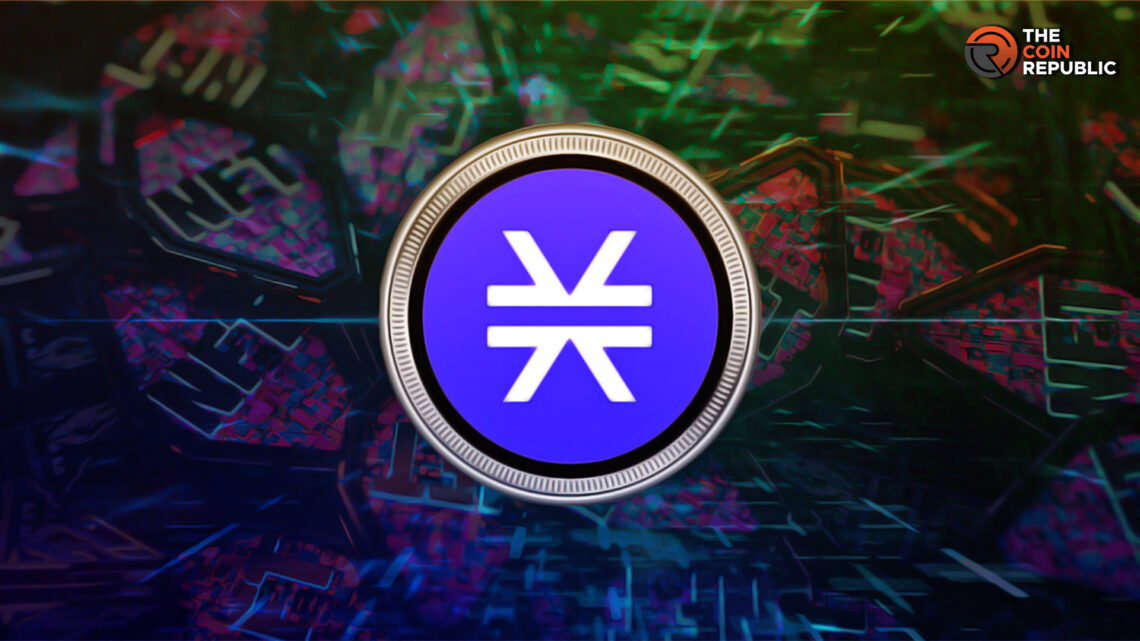- 1 Stacks is Bitcoin blockchain and comes with the native support of smart contracts.
- 2 It has become a thriving platform for NFTs in gaming, collectibles, and art.
NFTs are non-fungible tokens that make the history of ownership available. These characteristics are essential for collectibles and art which is the main driver for growth in the digital creativity.
The immutability of the metadata is an essential characteristic of NFTs. The durability and reliability of the blockchain are very important. Bitcoin is one of the most secure and trustworthy blockchains.
NFTs originated on Bitcoin when it was only a digital asset. Later on, Ethereum came with its ability of smart contracts which are more expressive. This makes the Ethereum blockchain more secure and robust.
Major Developments on Stacks Blockchain
Ability of smart contracts on Ethereum has made Stacks come up with 2 major advancements. The first one is that it supports a new smart contract language – Clarity. Clarity enhances readability and flexibility and it is subject to fewer attacks as compared to the existing languages.
The second is that every Stacks transaction is stored in the Bitcoin blockchain. Birds, Apes, and Minkies are some NFTs that are created and evolved.
The Stacks nodes continuously produce blocks on the Stacks blockchain and transactions and events are stored on these blocks. The Stack API is the system by which it indexes all the blockchain data in the Postgres database. Every time a block is generated, it is received in the API and is subsequently stored.
Stacks offers easy access to data. The data that are used from the database are accounts, transactions, and block information. These designs are developed for a few users who are stack developers, NFT creators, and more. Applications built on stacks include DEFI protocol, marketplaces, on-chain analytics tools, and more.
NFT Endpoints Created on Stacks
Recently, 3 new NFT endpoints were created. The first one is NFT history with which the trading history, list of owners, and more are easily available. The second is the NFT holding with which the user can take out the data of the NFT owner’s address or smart contract. The user can also filter the specific information by collection. The third is NFT mint endpoints with which all mint events for an NFT collection, how many NFTs minted, and how many are left are available.
Stacks has listed some of its plans – NFT Socket Updates that will allow users to subscribe to real-time events that affect one NFT asset. Like, when a user wants to detect a character or avatar change from one user to another, then, instead of going to the query database the Socket update will reveal the information. Statics Endpoints and Open API Improvements are among other plans.
Steve Anderson is an Australian crypto enthusiast. He is a specialist in management and trading for over 5 years. Steve has worked as a crypto trader, he loves learning about decentralisation, understanding the true potential of the blockchain.


 Home
Home News
News










